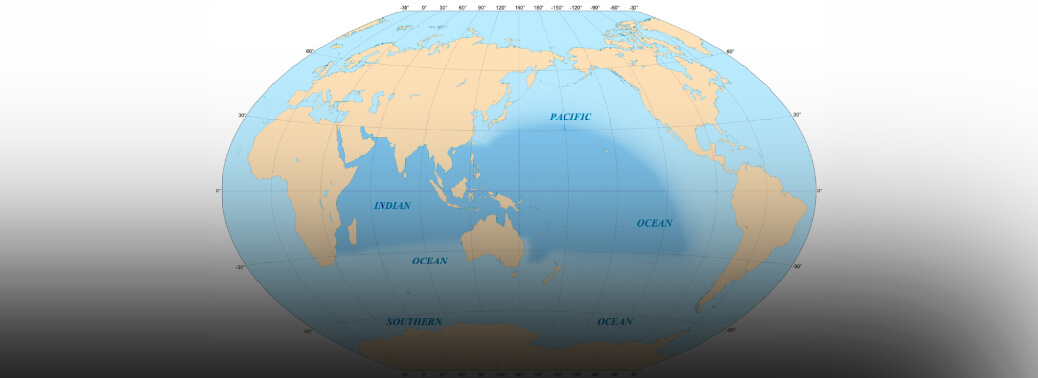GEOPOLITICS OF INDO-PACIFIC
02, Jul 2019

Prelims level : International
Mains level : Effect of policies and politics of developed and developing countries on India’s interests, Indian diaspora.
Location-
- Geographically, the Indo-Pacific refers to the Indian and the Pacific Oceans between the east coast of Africa and the American west coast and their several littoral countries.
Indo Pacific Relevance:
- Term to denote an economic and strategic community, it has been in use among scholars of international relations and geopolitics since the first decade of this century, around the same time as China’s rise.
- The Pacific and the Indian Oceans are now bringing about a dynamic.
- coupling as seas of freedom and of prosperity.
- US and India two countries have the ability and the responsibility to
- ensure that it broadens yet further and to nurture and enrich these seas
- to become seas of clearest transparency.
Austrialia:
- Australia began re-imagining its security and trade policies through a new regional lens in 2011-2102, that Indo-Pacific became its way to position itself to play a larger role in Asia, as an ally of the US and Japan.
- White Paper on ‘Australia and the Asian century’, following it with a national security policy document, ‘Strong and Secure – A Strategy for
Australia’s National Interest’ at the beginning of 2013. Both dealt in detail with the term Indo-Pacific. - western Pacific Ocean and the Indian Ocean would come to be considered as one strategic arc. This conception is being driven by the increased economic interaction between South, Northeast and Southeast Asia and the importance of the lines of energy supply to Asia from the Middle East.” Australia stance partnership between US and India is in the interests of a “free and open Indo-Pacific”.
India as more reliable than China:
- Australia need to collaborate with India to ensure that the Indo- Pacific is increasingly a place of peace, stability, and growing prosperity— so that it does not become a region of disorder, conflict, and predatory economics.”
US stance:
- Indo-Pacific was being used more frequently by the Trump Administration, entirely replacing the earlier “Asia-Pacific”, a move recognised by analysts as redefining the region away from China’s economic and strategic dominance.
- Indo-Pacific had been described as a region where “geopolitical competition between free and repressive visions of world order is taking place” – China and North Korea on one side and all others on the other.
- US National Security Strategy document, in 2017, the Indo-Pacific is described as the region from the “west coast of India to the west coast of the United States”.
Indian Stance:
- The move away from Asia-Pacific also seemed to elevate India to a position of prominence in the region, as a US ally that would help to contain China’s dominance.
- Adoption of the term also appeared to challenge India to play a larger role in the region, for instance in the Quad, or the Quadrilateral Security Dialogue that informally brings together for strategic talks and military exercises, the US, Japan, Australia and India.
- India Says that Indo-Pacific is for peace, security, stability, prosperity and rules, not against anybody.
- India looks at it as a wider region, which extends all the way to West Asia and and the east coast of Africa. For India, as important as securing the east, is its western maritime security, where the Indian Ocean and Arabian Sea meet.






